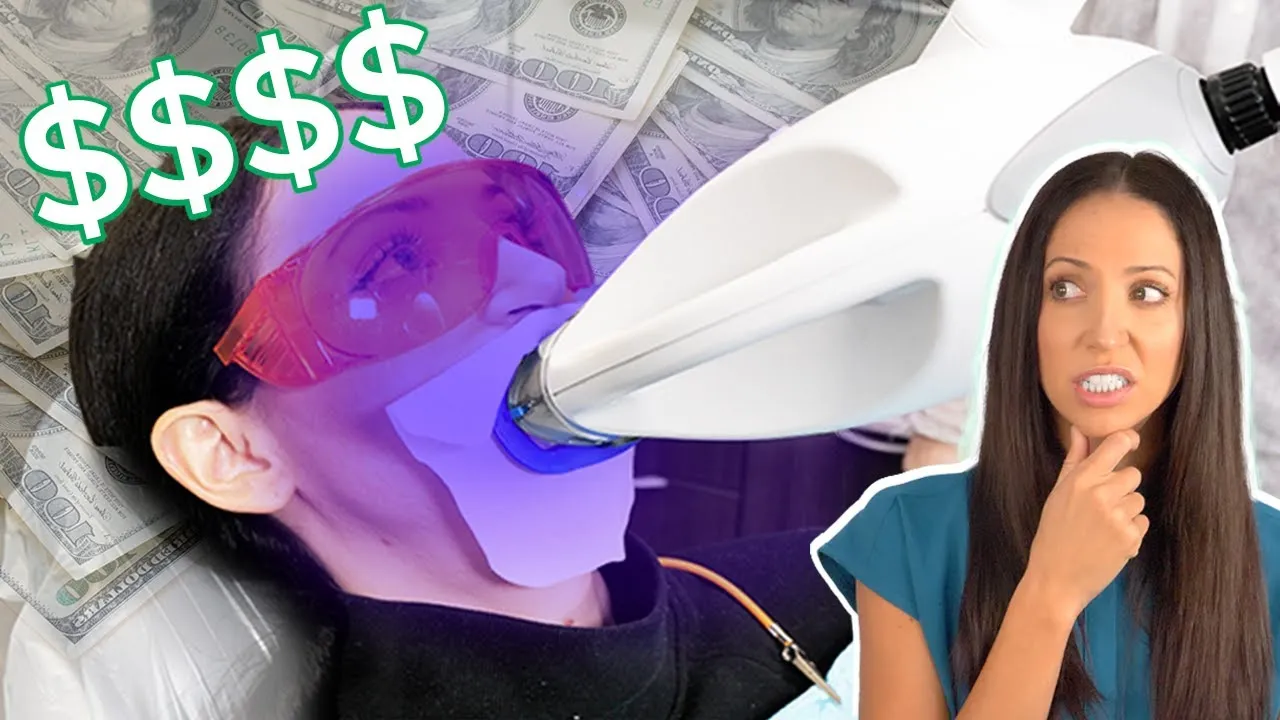Understanding Teeth Whitening Costs
Teeth whitening has become a popular cosmetic dental procedure, sought after by individuals looking to enhance their smiles and boost their confidence. However, before embarking on this journey, understanding the associated costs is crucial. The price of teeth whitening can vary significantly depending on several factors, including the type of procedure, the location of the dental practice, and the specific products used. This guide aims to provide a comprehensive overview of the costs involved in teeth whitening, allowing you to make informed decisions and choose the best option for your needs and budget. Several factors interplay in determining the ultimate expense involved, including the dentist’s location, the selected whitening method (in-office vs at-home), and the specific products utilized.
Factors Influencing Teeth Whitening Prices
Several key factors influence the cost of teeth whitening. The most significant is the type of procedure you choose. In-office whitening, performed by a dentist, is generally more expensive than at-home options. The geographic location of your dentist also plays a role; prices tend to be higher in urban areas compared to rural settings. The experience and expertise of the dental professional can also influence the cost, as specialists or those with extensive experience may charge more. Additionally, the specific whitening products used, their concentration of active ingredients, and the technology employed (such as laser or light activation) will affect the overall price. Finally, the initial condition of your teeth and the degree of staining can impact the treatment time and the number of sessions required, thereby affecting the overall cost.
Type of Whitening Procedure

Teeth whitening procedures broadly fall into two categories in-office and at-home treatments. In-office whitening is performed by a dentist in a clinical setting, offering immediate and often dramatic results. These treatments typically involve the application of a high-concentration bleaching agent, often activated by a special light or laser, and can be completed in a single visit. At-home whitening, on the other hand, involves using custom-fitted trays or strips provided by your dentist, or over-the-counter products to apply a lower concentration bleaching agent over a period of time. The choice between these procedures depends on your budget, the level of whitening desired, and your lifestyle. It’s important to consult with your dentist to determine the best option for your specific needs and to understand the associated costs and benefits of each type.
In-Office Teeth Whitening Procedure
In-office teeth whitening is a professional procedure performed by a dentist or a dental hygienist in a clinic. This typically involves a thorough cleaning of the teeth to remove any surface stains, followed by the application of a high-concentration hydrogen peroxide or carbamide peroxide bleaching agent. To enhance the whitening effect, the dentist may use a special light or laser to activate the bleaching agent. The entire procedure usually takes about one to two hours, and patients often see significant results immediately. The process often involves multiple applications of the whitening gel, and the dentist carefully monitors the procedure to ensure the safety of the teeth and gums. After the procedure, the dentist may provide instructions for maintaining the results.
Cost of In-Office Teeth Whitening
The cost of in-office teeth whitening typically ranges from $500 to $1,000 or more per session, depending on the factors mentioned above. This higher price point reflects the professional expertise, the use of stronger bleaching agents, and the advanced technology involved. While this is a significant investment, in-office whitening offers the advantage of immediate results and the assurance of being performed under the supervision of a dental professional. The price also covers the cost of materials, the use of specialized equipment, and the time of the dentist and their staff. It’s crucial to inquire about the total cost, including any additional fees for consultations or follow-up appointments, before undergoing the procedure. Consider how much time you will save by getting your teeth whitened at once, with an expert overseeing the process.
At-Home Teeth Whitening Procedure

At-home teeth whitening offers a more budget-friendly approach to achieving a brighter smile. There are two main types of at-home treatments: dentist-provided and over-the-counter options. Dentist-provided kits typically involve custom-fitted trays and a bleaching gel provided by your dentist, offering a more effective and safer method than over-the-counter products. Over-the-counter options include whitening strips, toothpastes, and gels that can be purchased without a prescription. The at-home process usually involves applying the bleaching agent to the teeth for a specified period each day or night, following the instructions provided by your dentist or the product manufacturer. It’s important to follow these instructions carefully to avoid any adverse effects and to achieve the desired results. Remember, consistency is key with at-home whitening, as it typically takes several weeks to see noticeable results.
Cost of At-Home Teeth Whitening
The cost of at-home teeth whitening varies significantly depending on the type of product chosen. Over-the-counter whitening strips and gels can range from $20 to $100, making them a more accessible option for many. Dentist-provided at-home kits, which include custom trays and professional-strength bleaching gel, typically cost between $100 and $400. This is generally more expensive than over-the-counter options but offers better results and safety. The overall cost also depends on the duration of the treatment, as you may need to purchase additional bleaching gel over time. It’s important to factor in the long-term cost when choosing an at-home whitening product, considering the effectiveness and the potential for any side effects.
Additional Costs to Consider
In addition to the cost of the whitening procedure itself, there may be other expenses to consider. A consultation with your dentist is often necessary to determine if teeth whitening is suitable for you and to assess the condition of your teeth. This consultation may incur a separate fee. If you have existing dental work, such as fillings, crowns, or veneers, it’s important to understand that these will not whiten with the procedure, and you might need to replace them to match your newly whitened teeth, which will incur additional costs. Another factor is the cost of teeth sensitivity treatments, as some people experience sensitivity after whitening. Your dentist might recommend and provide desensitizing toothpaste or other treatments, increasing the overall expense. Be sure to inquire about all potential costs before starting your whitening treatment.
Maintaining Your White Smile

Maintaining your newly whitened smile requires consistent effort. This involves practicing good oral hygiene habits, such as brushing your teeth twice a day with a whitening toothpaste, flossing daily, and using mouthwash. Avoiding foods and drinks that can stain your teeth, such as coffee, tea, red wine, and berries, is also crucial. Regular dental check-ups and professional cleanings are essential for removing surface stains and maintaining the brightness of your teeth. If you smoke or use tobacco products, quitting can significantly help preserve your white smile. The longevity of your results depends on these maintenance efforts, and the need for touch-up treatments varies depending on your lifestyle and habits.
Tips for Saving on Teeth Whitening
There are several ways to save money on teeth whitening. Consider the less expensive at-home options, such as over-the-counter whitening strips, as long as you are comfortable with the potential outcomes and any risks involved. If you choose in-office whitening, compare prices from different dental practices in your area and ask about any available discounts or payment plans. Many dentists offer promotional deals or package deals that can lower the overall cost. Maintaining good oral hygiene and avoiding staining foods and drinks can help extend the results of your whitening treatment, reducing the need for frequent touch-ups. Finally, look for dental insurance plans that cover cosmetic procedures, although coverage for teeth whitening is often limited. Planning and research are crucial for finding the best teeth whitening options that fit both your needs and your budget. This will ensure you have a bright smile without breaking the bank!
